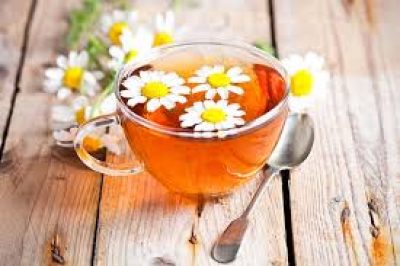TEAS AND BEVERAGES

Here is a list of some of the most popular teas used on the Human Ecology Diet. Always buy “organically grown” and “fair trade” products.
Water
I know, not a tea. But really, it’s the best drink.
Green Tea
Native to China and India, tea has been consumed globally for centuries. After water, tea is the most consumed beverage in the world. All types of tea (I don’t include varieties, which are, in fact, infusions rather than true teas) are harvested from the same bush; the only difference is in the way the leaves have been treated. Over 78% of the tea consumed worldwide is black, and only about 20% is green.
Green tea is picked, allowed to wither, and then steamed. This helps the tea retain many of its nutritional components and gives it a lighter taste. Black tea is crushed and then rolled, which lowers the antioxidants but brings out a stronger taste.
Kukicha
Kukicha is a traditional Japanese method for processing tea, which uses both twigs and leaves. It is an excellent mild daily beverage loaded with antioxidants and is wonderful for the digestive system. You can purchase the tea in twig form or in teabags. It has very little caffeine, so it is not a stimulant.
Mu Tea
This is a delicious caffeine-free blend of twelve invigorating and soothing Oriental herbs. It contains mandarin orange peel, liquorice root, Japanese ginseng, cinnamon and other exotic oriental herbs that combine to create a sweet tasting, spicy and aromatic blend.
Mu Tea was formulated by George Ohsawa (Japanese diet and health philosopher and founder of the macrobiotic diet and philosophy) based on his studies on the energetic properties of traditional Oriental herbs. The Japanese word mu means “an ideal
state of balance.”
Nettle
Nettle tea is made with the leaves of the stinging nettle, which has tiny hairs on its fresh leaves that can sting the skin. Despite its rough exterior, nettle is one of nature’s best remedies for an assortment of ailments—including anemia, high blood pressure,
rheumatism, arthritis, coughs and colds, congestion, urinary tract infections, and kidney and bladder problems.
Chamomile Tea
Chamomile tea is often recommended for people who have trouble sleeping. It has very relaxing properties. Chamomile also calms the mind and helps people relax and deal better with their stresses.
Ginger Tea
Ginger is an energizer and stimulant. Drinking ginger tea both stimulates and soothes the digestive system. Ginger can aid people who are experiencing nausea.
Peppermint Tea
Peppermint is a fragrant herb that makes for a soothing drink. Peppermint helps you digest foods better, and it also reduces flatulence and digestive issues. A cup of peppermint tea will ease nausea and vomiting, especially if you suffer motion sickness. If you have heartburn, don’t drink peppermint tea as this might aggravate your condition. The natural mint flavor of the herb helps to freshen your breath. It also has cooling properties and can be added to green teas or kukicha for a cool summer drink.
Hibiscus Flower Tea (Sorrel)
Dried hibiscus flowers are made into a tea that offers significant health benefits. Hibiscus tea lowers blood pressure, reduces high cholesterol, and strengthens the immune system (it’s rich in vitamin C). Hibiscus flower infusions are also known to reduce hypertension. Hibiscus tea is rich in antioxidants, which protect the body against cell-damaging free radicals.
Rose Hip Tea
Rose hips are the fruit of the rose plant and are one of the best sources of vitamin C, which is important for the immune system, adrenal function, and skin and tissue health.

